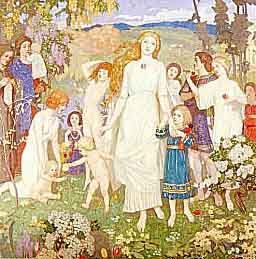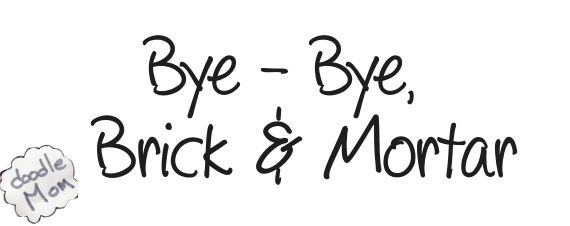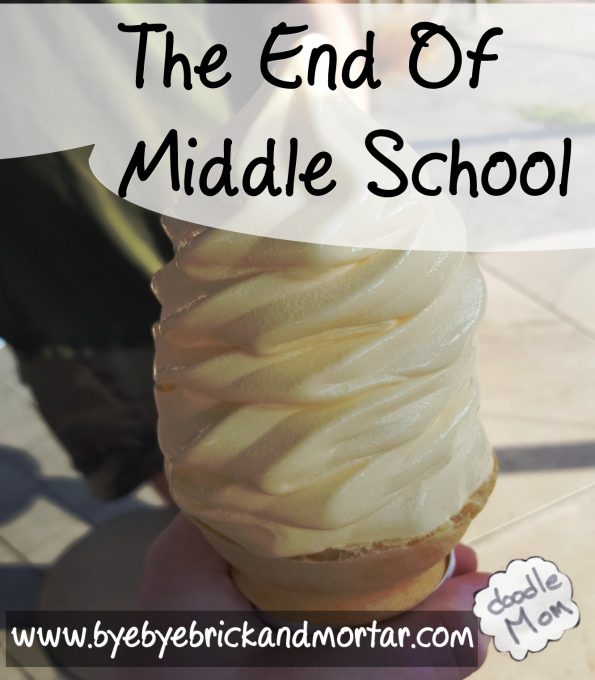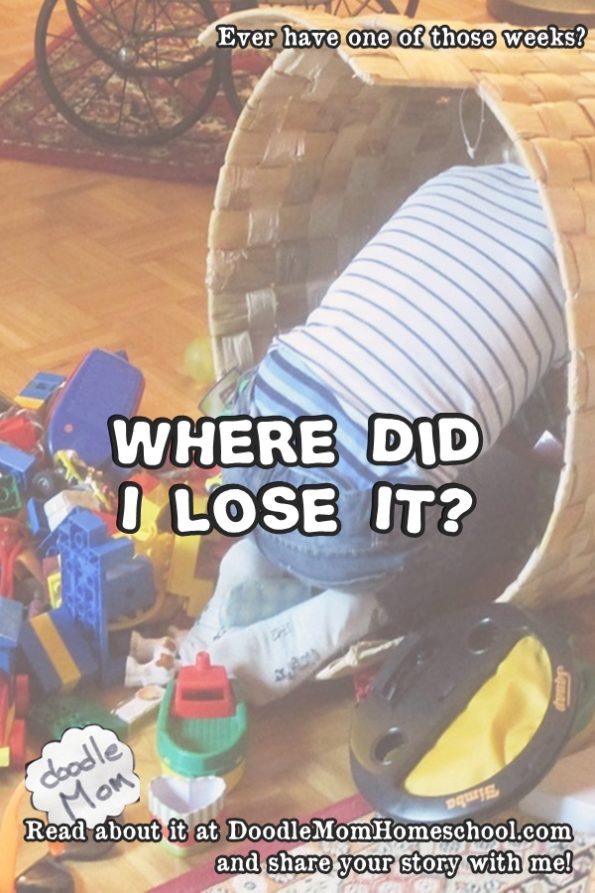 Fairy tales and fables are fundamental to our character. Nearly every parent on the planet reads or tells fables to their children. It is these stories that we use to impart our culture and moral code to the next generation.
Fairy tales and fables are fundamental to our character. Nearly every parent on the planet reads or tells fables to their children. It is these stories that we use to impart our culture and moral code to the next generation.
As we homeschool our children using a classical model, my husband and I have read fables and fairy tales to our children. We began with Greek Myths, Aesop and Grimm and Hans Christian Anderson. We read Japanese and African and American Indian fables. Then we discovered a shelf of Andrew Lang’s fairy tale books at the library and began working through those as well. A year ago or so, I read the Norse myths to my kids, and this year we are reading the Scottish legends.
Sometimes I think I am a bit slow on the uptake. Now, after nearly a decade and a half of reading fairy tales and fables to my kids, it was the Scottish stories that slapped me across the face. Why did I not start with these? Why did we spend so many years reading stories that were fundamentally dark and hateful when we should have started with the ones that taught bravery and self reliance? Once again, it was my daughter who pointed out the difference to me. She said that the Scottish fairy tales are full of the same kinds of characters as Grimm and Andersen, but the protagonist is always safe because he (or she) is good and strong and faces evil without fear. The tool that he needs to overcome evil is always to be found in the stories – there is no despair or hopelessness.
Then it hit me: the difference between the peoples who made an America and those who didn’t was a fundamental cultural difference that destined the peoples of continental Europe and elsewhere to never achieve the society that a pile of Scotch-Irish Brits pulled off quite handily.
Look at the table below. Taking the supposition that peoples teach culture to their children in large part through the stories they share, the Scotch-Irish/Celtic peoples filled their children with foundational fables that focused on light and truth and goodness. The good always (or nearly always) win. The bad are always vanquished. The result is children who grow up to be independent and self-reliant and brave. These ideas spread through England throughout the population of Anglo-Saxons and have become foundational even today. This is even reflected in the dominant innovative cultural focus of the society: performing arts like music. At the battle of Agincourt, Henry V brought his full choir to sing during the battle. His soldiers fought with the sounds of an innovative multi-melody choir the likes of which was unparalleled in continental Europe. The songs were a prayer to ask for help in the battle, but can you imagine the boost of faith and bravery the choir gave to the English soldiers? Independence, self-reliance, and bravery pervaded culture in Anglo-Saxon England. In fact, many of the ideas later popularized by Martin Luther into protestantism were built into Scotch-Irish culture centuries before. These were ideas that led in turn to a society that values faith (freely given), freedom, and individual liberty.
|
Scotch-Irish/British |
Continental European (Italian, Germanic, French, Spanish) |
|
|
Foundational Fables and Stories |
Light Side Focus |
Dark Side Focus -be good or very bad things will happen (your feet will get cut off or you will be eaten by witches) |
|
This Teaches |
Independence Self-Reliance Bravery |
Fear Conformance Hate |
|
Dominant Cultural Innovation (until the 1500’s) |
Performing Art (Music) |
Fine Art |
|
Leads To |
Faith, freely given Freedom Individual Liberty |
Reverence Serfdom |
Contrastingly, the peoples of Continental Europe (French, Germanic, Spaniard, and Italian) filled their children with fables that ingrained fear and conformance and hate with general morals teaching children to be good or bad things will happen to them and those they love (examples including having your feet cut off and being eaten by witches). This culture of fear and conformance and hate leads to individuals who blindly follow the group or the leader (political, cultural, or religious) and leads to a society focused on reverence (not faith) and serfdom (not self-reliance).
Thus the peoples of the British Isles were predisposed to a path of freedom and individual liberty that was exercised by the English on the shores of America. Continental Europeans were on the American continent and other far-flung regions as well, but never managed to create a society built upon individual liberty and the natural, God-given, rights of man and I suspect that a good part of the reason can be found in the fairy tales and fables they used to shape their children’s cultural awareness.
The morals and culture our children grow into comes from us, as parents, and from our children’s teachers (unless we homeschool), and what our children read and watch and listen to. Now what are the fables and stories we teach our children today leading our society to become?
P.S. most of the links above are to books that are free to read online and/or download.







